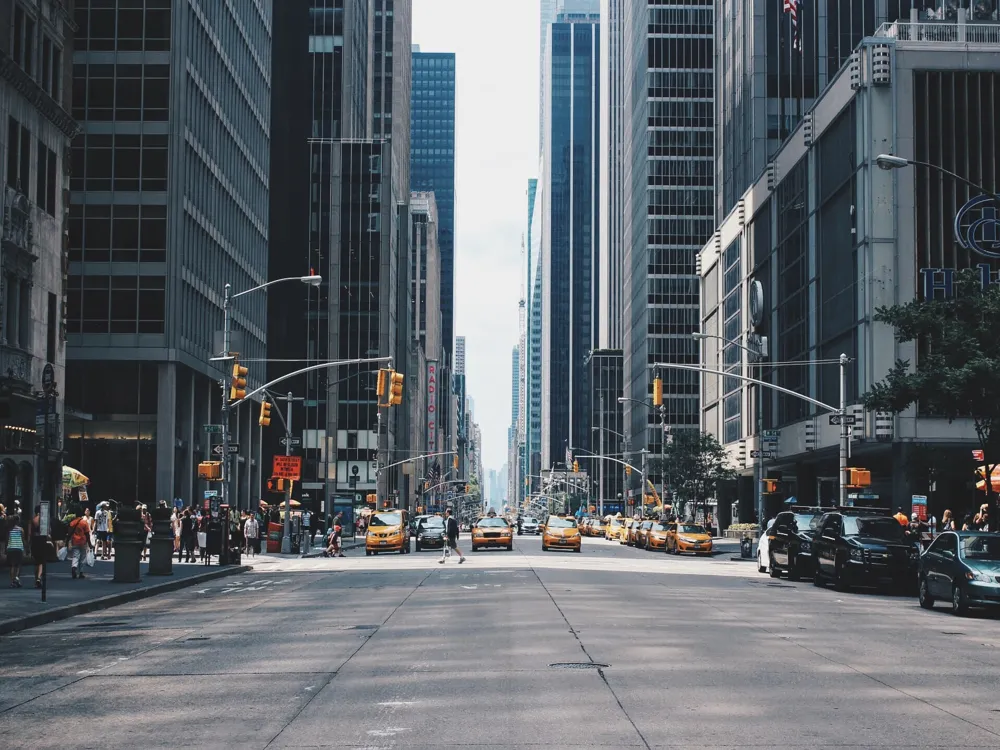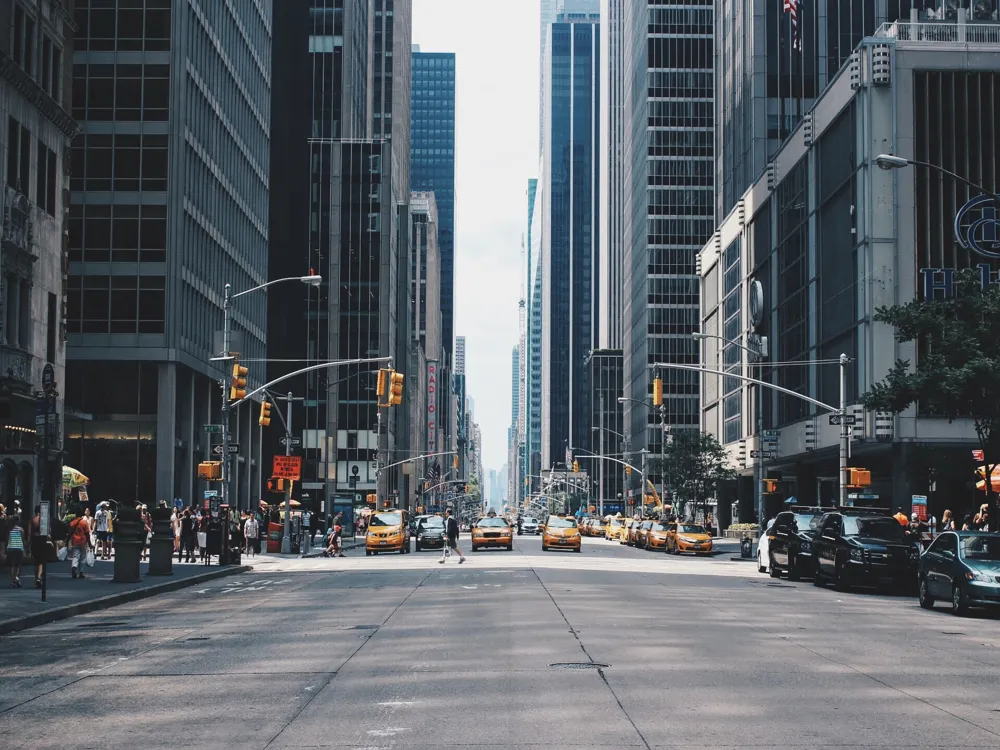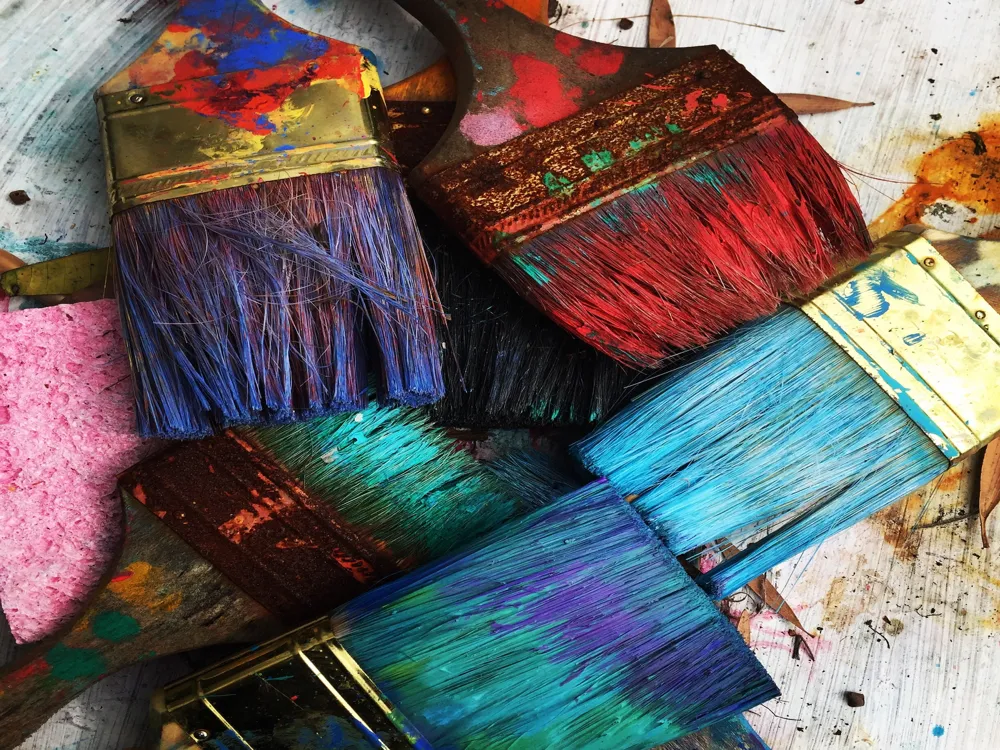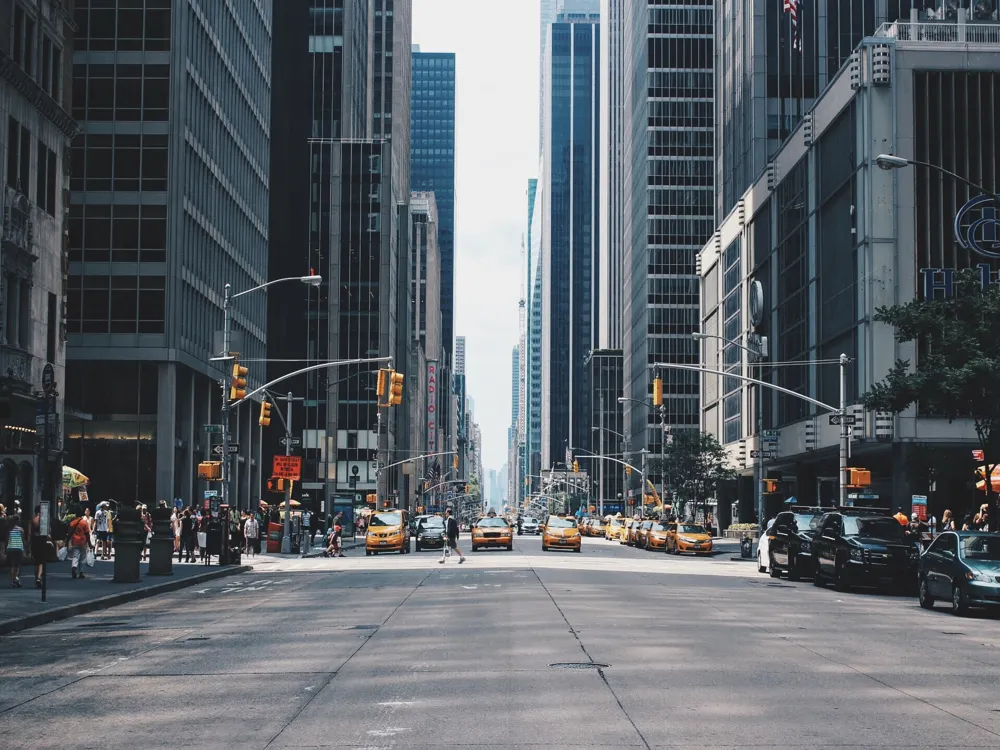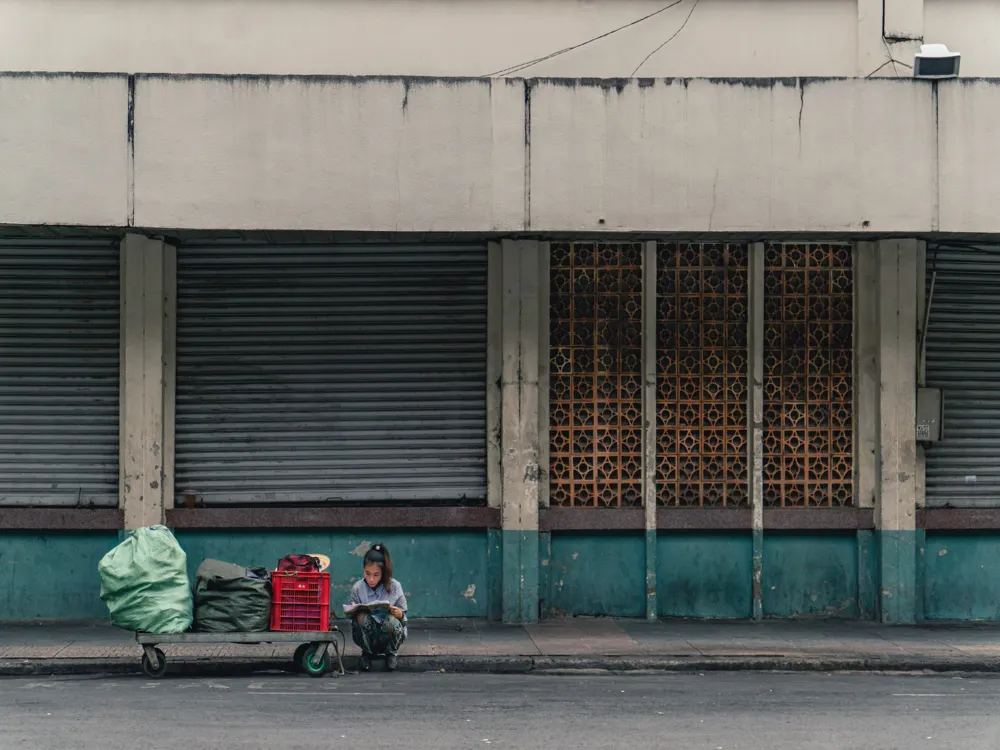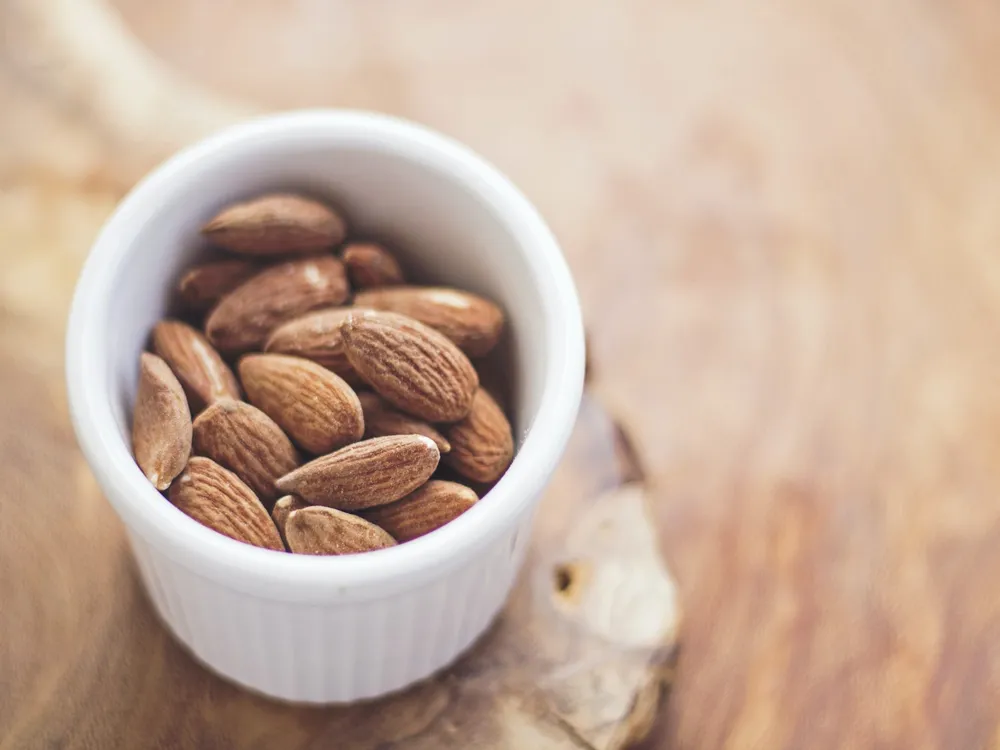Ho Chi Minh City Museum, also known as theHo Chi Minh City Revolutionary Museum, is a beacon of Vietnamese history and culture. Located in the heart of Ho Chi Minh City, this museum is housed in an elegant building that is a splendid example of French colonial architecture. The museum's rich collection offers a deep dive into the historical journey of the city, showcasing a mix of Vietnamese and foreign influences that have shaped its current identity. The museum's exhibits span various periods, from prehistoric times to the struggles for independence against French colonial rule, and then the Vietnam War. Visitors are treated to a rich tapestry of artifacts including photographs, military equipment, and personal items from key figures in Vietnam's history. Each exhibit is a window into the past, offering insights into the socio-economic and cultural evolution of Ho Chi Minh City. The museum not only reflects the past but also serves as a symbol of Vietnamese resilience and pride. It stands as a testament to the country's tumultuous history, from colonial occupation to its emergence as a dynamic and forward-looking city. Through its exhibits, the museum narrates stories of hardship, struggle, and the unyielding spirit of the Vietnamese people. The Ho Chi Minh City Museum boasts an impressive array of exhibits. These include detailed accounts of the anti-French and anti-American wars, featuring personal accounts, photographs, and artifacts that bring the stories to life. Additionally, there's a focus on the cultural heritage of the city, with exhibits showcasing traditional Vietnamese costumes, agricultural tools, and ancient scripts. The museum is not just a place for tourists; it plays a significant role in the local community. It hosts various educational programs and cultural events that engage schools and local residents, fostering a sense of pride and understanding of their rich heritage. The Ho Chi Minh City Museum is a stunning example of French colonial architecture, a style that has significantly influenced the architectural landscape of the city. Built in the late 19th century, the building was originally the residence of the French Governor of Cochinchina. Its design reflects a harmonious blend of European and Asian styles, symbolic of the cultural fusion that characterizes Ho Chi Minh City. The building's facade is adorned with classical Greek columns and ornate balconies, a hallmark of French architectural elegance. The interiors, however, incorporate Asian motifs and materials, creating a unique blend that is both grand and welcoming. The museum's layout is thoughtfully designed to facilitate an educational journey through Vietnam's history, with each room and corridor seamlessly leading to the next exhibit. Over the years, the museum has undergone various restoration projects to preserve its historical and architectural integrity. These efforts ensure that the building remains not only a repository of history but also an example of historical architecture in its own right. The restoration work is done with attention to maintaining the original style and materials, thus conserving its historical significance and aesthetic appeal. The architecture of the Ho Chi Minh City Museum has influenced modern architectural designs in the city. Its blend of Eastern and Western styles can be seen in various contemporary structures, reflecting the city's multicultural heritage and its evolution into a modern metropolis. For architecture enthusiasts, the museum offers specialized tours focusing on its architectural aspects. These tours provide an in-depth look into the design, construction, and historical context of the building, offering a unique perspective on this magnificent structure. Before visiting, check the museum's opening hours and any special events that might be happening. It's also a good idea to plan your route through the museum to ensure you see all the exhibits that interest you. As a place of cultural significance, it's important to dress respectfully. Comfortable, modest clothing is recommended, especially if you're visiting in the hotter months. Photography is allowed in most areas of the museum, but flash photography may be restricted in some exhibits to protect the artifacts. Always check the museum's photography policy before your visit. Read MoreOverview of Ho Chi Minh City Museum
Historical Significance
Exhibitions and Collections
Community Engagement and Educational Programs
Architecture of Ho Chi Minh City Museum
Preservation and Restoration Efforts
Influence on Modern Architecture
Architectural Tours
Tips When Visiting Ho Chi Minh City Museum
Plan Your Visit
Dress Appropriately
Photography Rules
Ho Chi Minh City Museum
Ho Chi Minh City
₹ 17,501 onwards
View ho-chi-minh-city Packages
Weather :
Tags : Museum
Time Required : 1 - 2 hours
Planning a Trip? Ask Your Question
Ho-chi-minh-city Travel Packages
View All Packages For Ho-chi-minh-city
Top Hotel Collections for Ho-chi-minh-city

Private Pool

Luxury Hotels

5-Star Hotels

Pet Friendly
Top Hotels Near Ho-chi-minh-city
Other Top Ranking Places In Ho-chi-minh-city
View All Places To Visit In ho-chi-minh-city
View ho-chi-minh-city Packages
Weather :
Tags : Museum
Time Required : 1 - 2 hours
Planning a Trip? Ask Your Question
Ho-chi-minh-city Travel Packages
View All Packages For Ho-chi-minh-city
Top Hotel Collections for Ho-chi-minh-city

Private Pool

Luxury Hotels

5-Star Hotels

Pet Friendly







